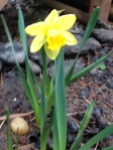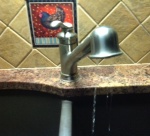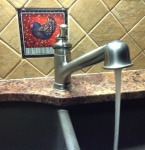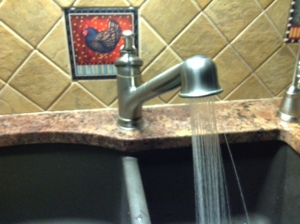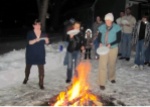Boosting your mind with Bridge
A long time ago in a place called Han Nam Dong, South Korea, there wasn’t much to do so I learned to play the game of Bridge.
As one of many unauthorized military wives, somewhat isolated from the usual Army post activities, I ended up playing Bridge almost every night and most weekends. Turns out I was doing myself a favor.
 The Berkley study conducted by University Professor Marian Diamond found significant health benefits from playing the game of bridge:
The Berkley study conducted by University Professor Marian Diamond found significant health benefits from playing the game of bridge:
- Stimulates your brain.
- Sharpens your memory.
- Strengthens your immune system
- Increases communication and social skills
How can playing bridge do these things?
When you play bridge, you train yourself to keep track of who holds what card, analyze your own suits, and figure out the best strategy to win the most tricks. You are constantly looking for clues and always calculating your next move. The result is a well-optimized brain that research proves produces a stronger immune system.
And because playing bridge requires four people, you build good communication skills for a successful partnership.
Recent studies link those who play mind games like bridge or chess to lower risk of developing Alzheimer.
Others believe the intense mental activity when playing bridge can actually help high-octane individuals unwind.
President Dwight Eisenhower, who considered playing bridge his only true form of relaxation, said this: “The most relaxing thing he could do was to play a game in which the problems were tough, the solutions difficult, but the consequences of error were just a few hundred harmless points written down on a score pad.”
Gus Lubin, deputy editor Business Insider and bridge enthusiast, claims the best bridge players are frequently Wall Street investors.“Bridge is a complex card game that fits the analytic side of finance, as poker appeals to instincts.” Read more about how the game of bridge and Wall Street are similar here.
Who knew that what I learned as a way to beat boredom in South Korea would keep my brain active and stimulated.
You’ll find there are serious bridge players and party bridge players. No matter which type of Bridge player you are (or become), the game of bridge is an entertaining card game filled with teasing camaraderie and fellowship.
Want to learn more about playing Bridge? Check out these websites:
- Blueberry Bridge will help you learn to play bridge on line.
- Bridge Doctor This site offers lessons and guides to learn American Standard Bridge
- American Contract Bridge League The purpose of ACBL is to promote, grow and sustain the game of bridge and serve the bridge-related interests of our Members.
YOUR TURN: Do you play Bridge? Do you think you might start playing now that you know the benefits?






